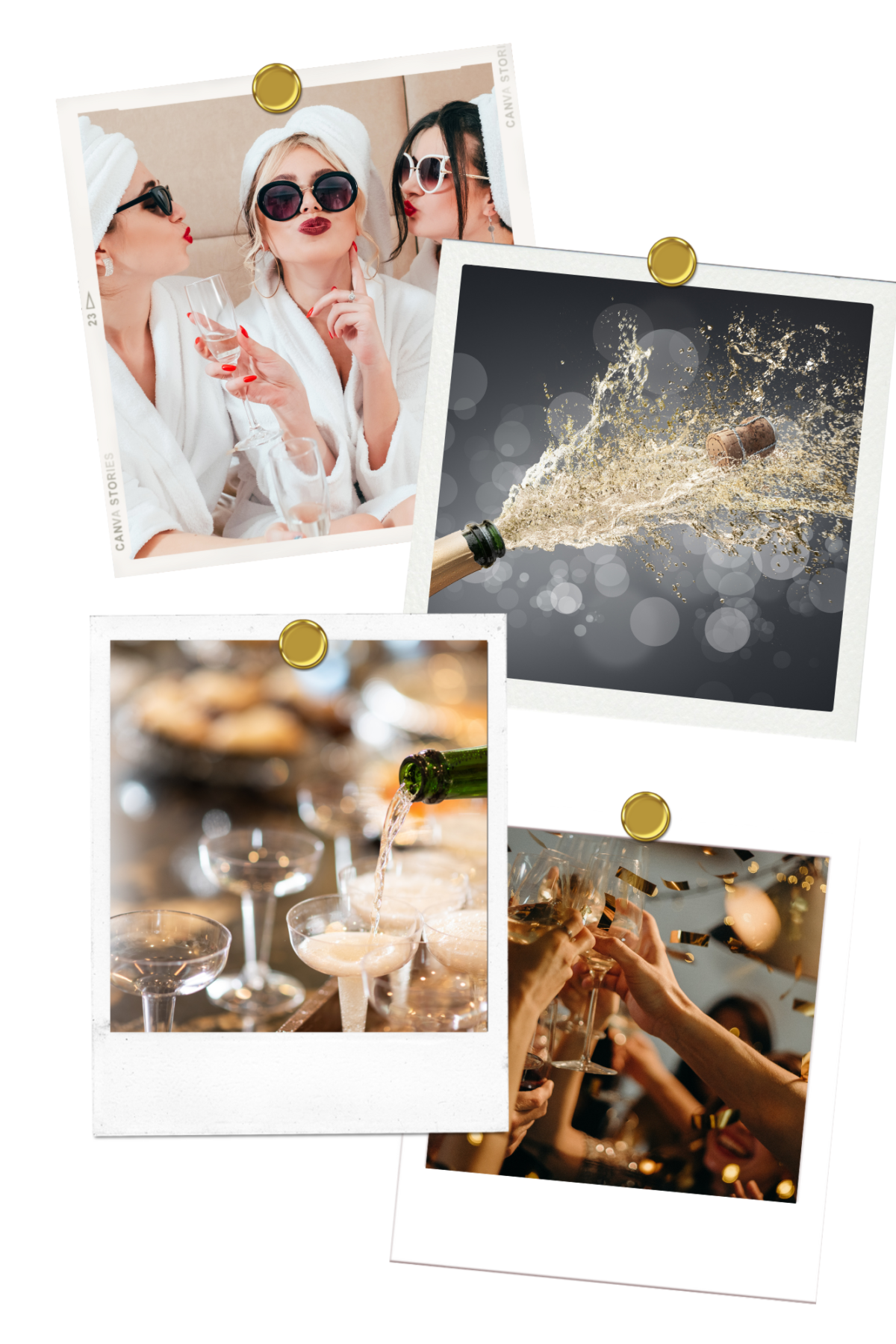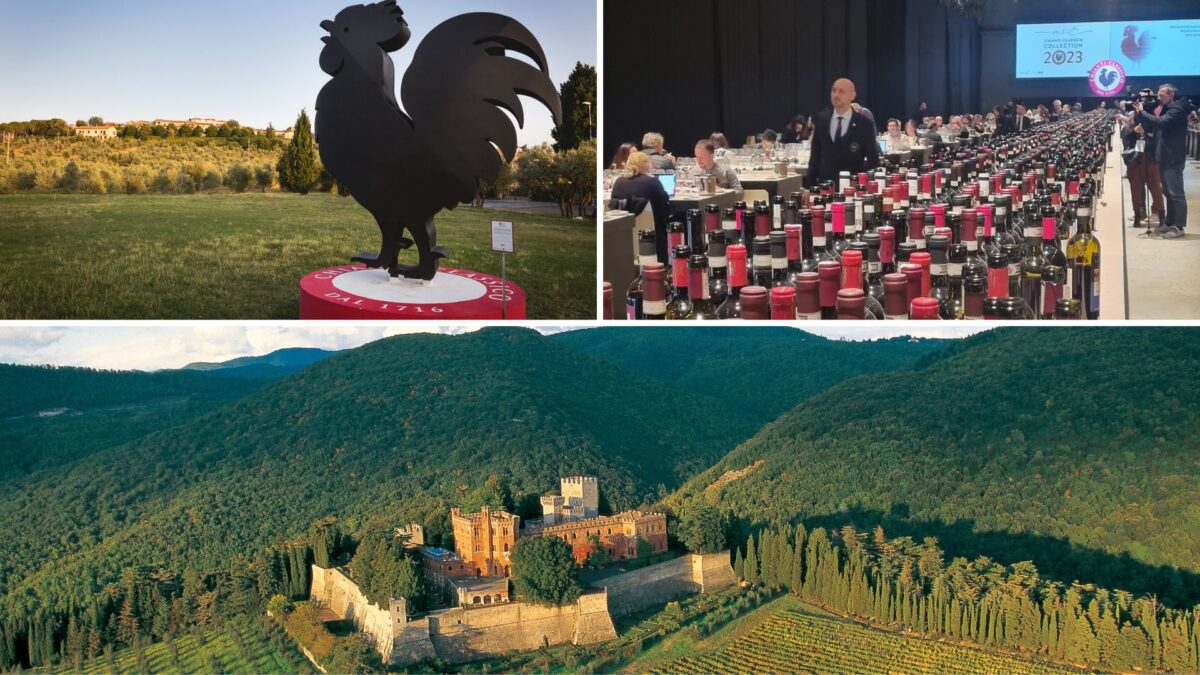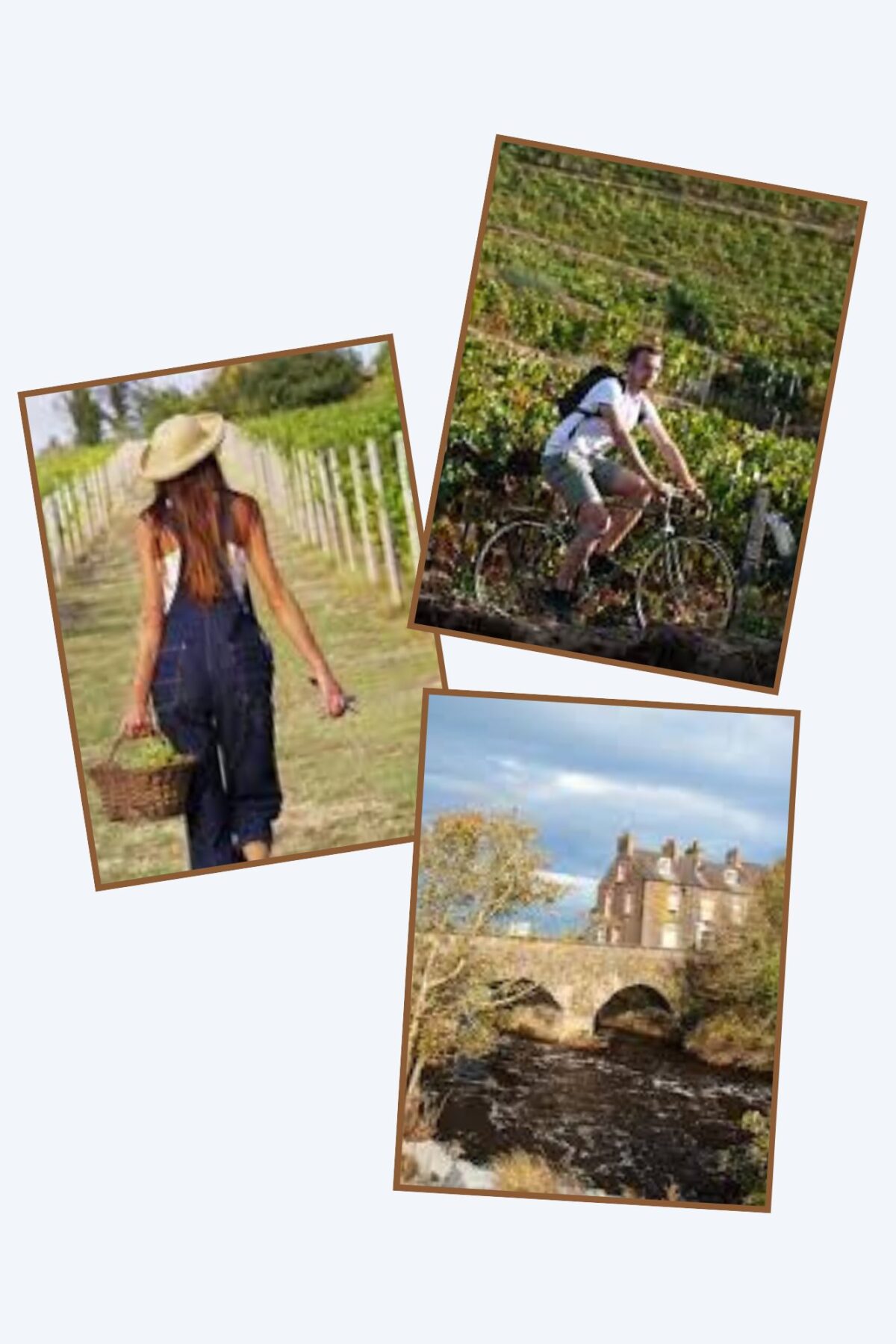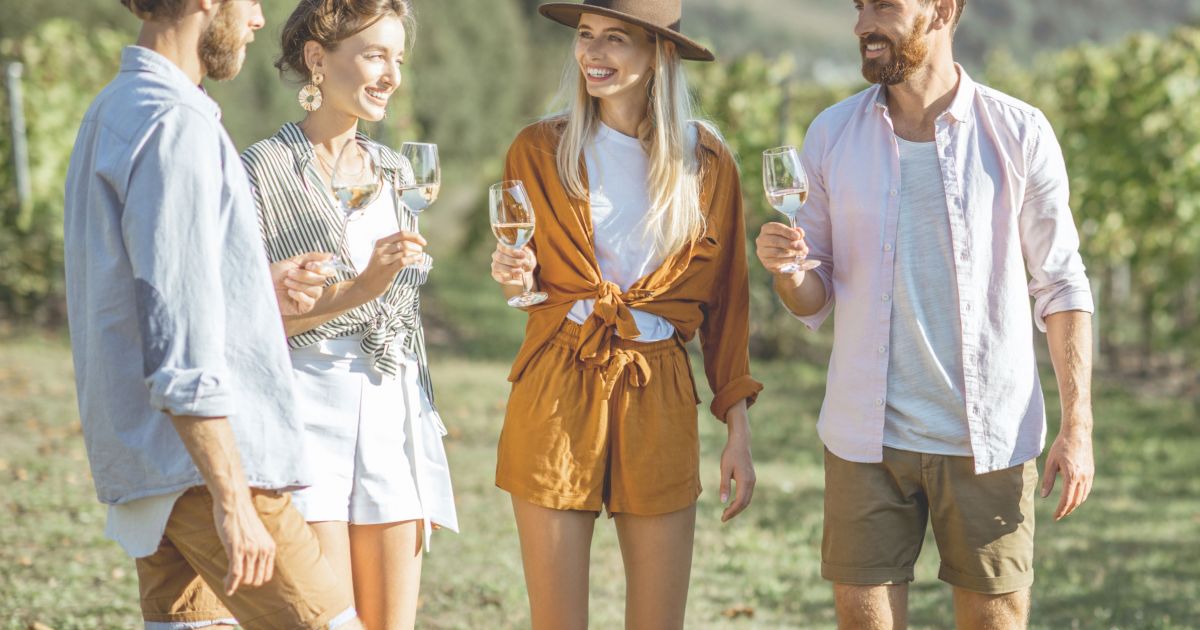Comité Champagne (Comité Interprofessionnel du vin de Champagne (CIVC) recently released their 2022 US market update and outlook. Global champagne sales boasted the highest in 15 years – 325.5 M bottles shipped, worth over $6.6 billion.
“This is a proof of dynamism of the Champagne market in both volume and value,” said Gaëlle Egoroff, Comité Champagne Director of Protection and Promotion. “We can see the unique place that it holds in the hearts and the minds of consumers.”
Notably, the US remains Champagne’s number one export market outside of France. In 2022, US volumes reached 33.7 million bottles shipped, with a total value of nearly $1 billion. This marks a 1.1 percent decline from 2021 figures, which is a record. The marginal decline stemmed from an overwhelming global demand for Champagne in 2022, coupled with difficulties delivering those demands to the United States.
US Trends
The Comité Champagne credits the uptick in Champagne consumption in the US to emerging trends. These include by-the-glass pours, coupled with a growing thirst for rosé, low-dosage, and prestige cuvée Champagnes.
Remarkably, the US ranks 1st among other countries for rosé Champagne. Prestige cuvées represent the second US largest segment by value. More surprisingly, US imports of low-dosage Champagne exceeded 1 million bottles in 2022, an increase of over 50% from the previous year.
“American people have learned to appreciate Champagne,” said Egoroff. “The more they appreciate Champagne, the more they want to discover the diversity of Champagne.”
It’s also Interesting to note that American consumers lag behind in their EU counterparts in understanding Champagne’s origins, a problem that Comité Champagne plans to tackle with future trade and consumer education.
Source: Comité Champagne







